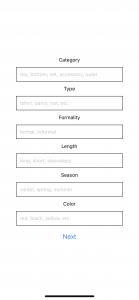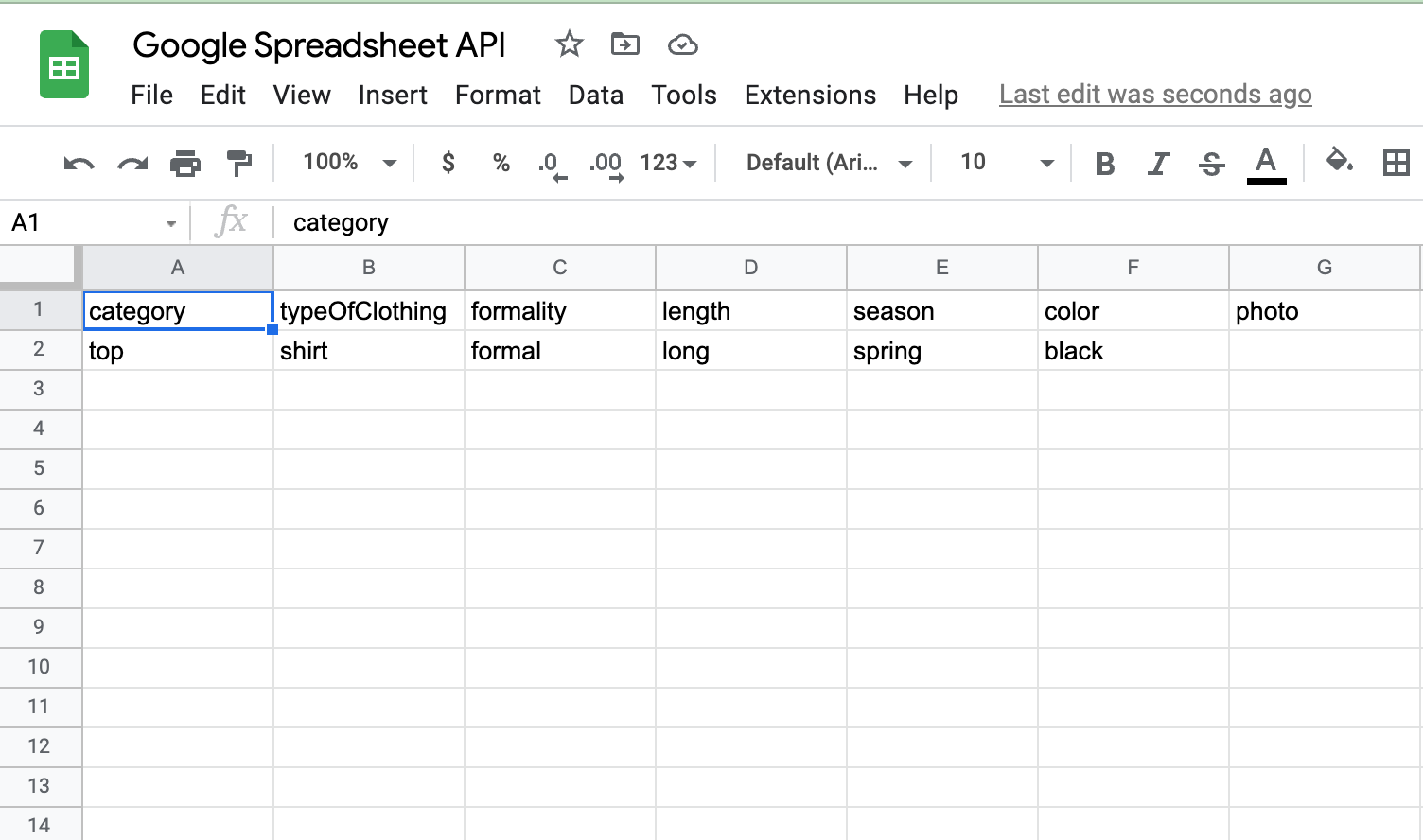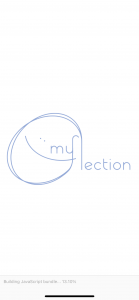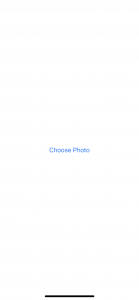This week I worked on creating the server that would communicate with the mirror UI. This integration with the app and the mirror UI will make it easier to display certain screens on the monitor when the user presses “Start outfit recommendation” on the app. It will also allow the mirror UI code to act as the Controller class in that it will call upon the OpenPose shell script when the app signals to the mirror UI that the outfit recommendation has started. This coming week will be about wrapping everything up, making the final poster, writing up the final report, and some finishing touches for the final demo.
Parts of the server I am creating right now are a little difficult to handle with because the mirror UI runs on a separate library called electron, but the approach I am using right now is sending a string in the form of a JSON to localhost port 3000 and the mirror UI js file will have an app.listen function which is listening on the same port and will update the screen using React Native’s Router class to re-route the screen to the loading screen. If this is achieved within the coming week, then our mirror is good to go.












